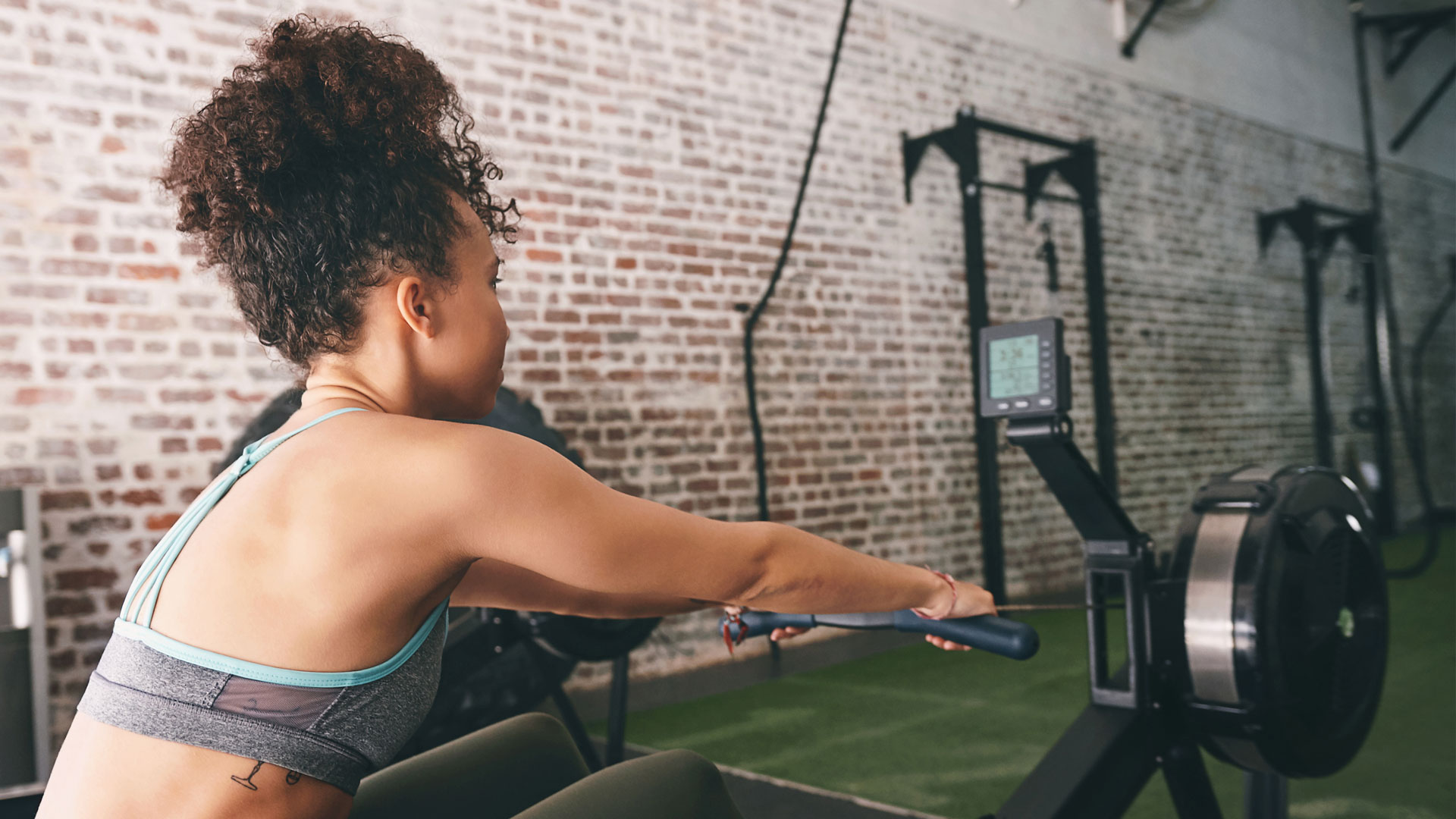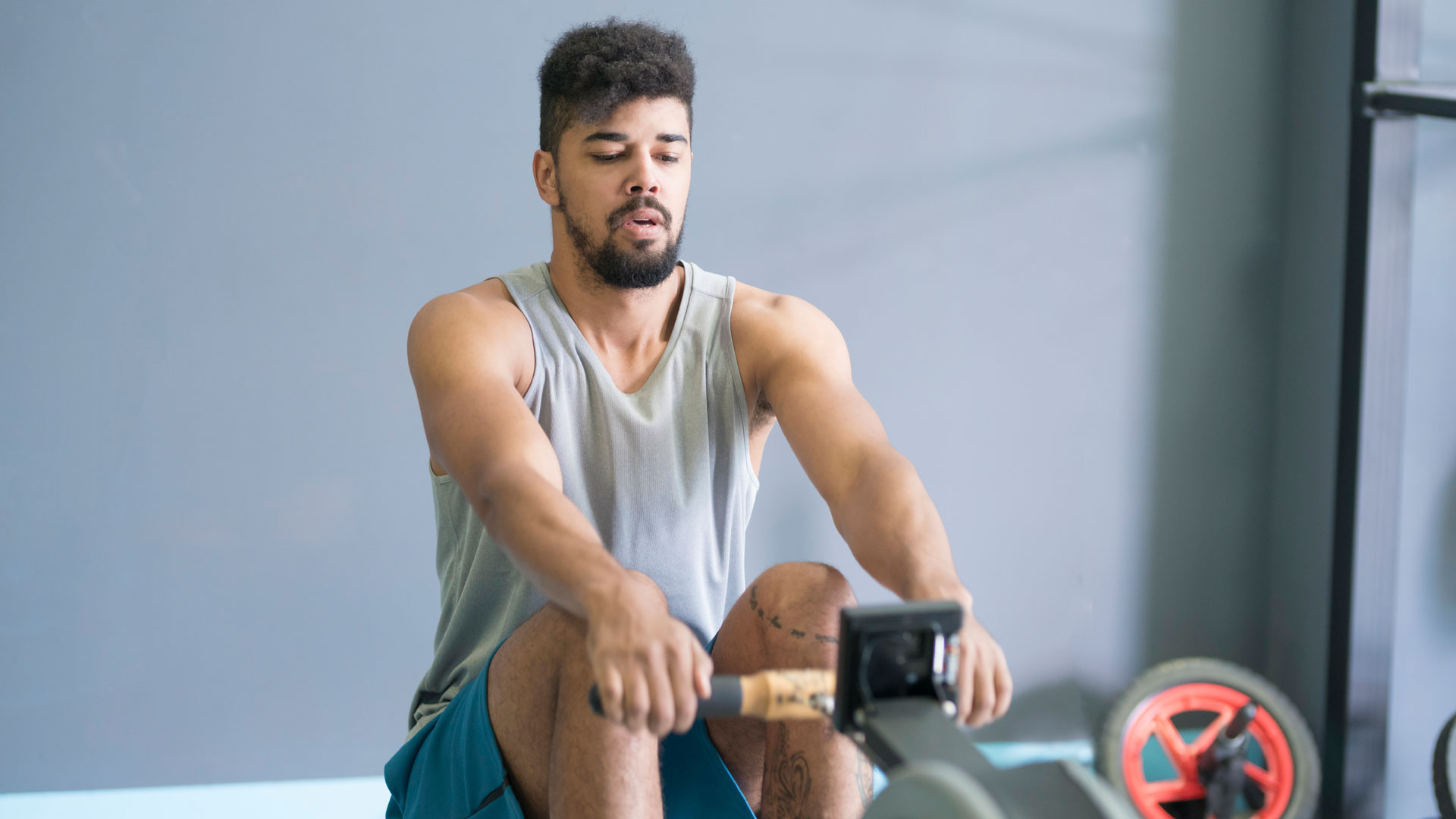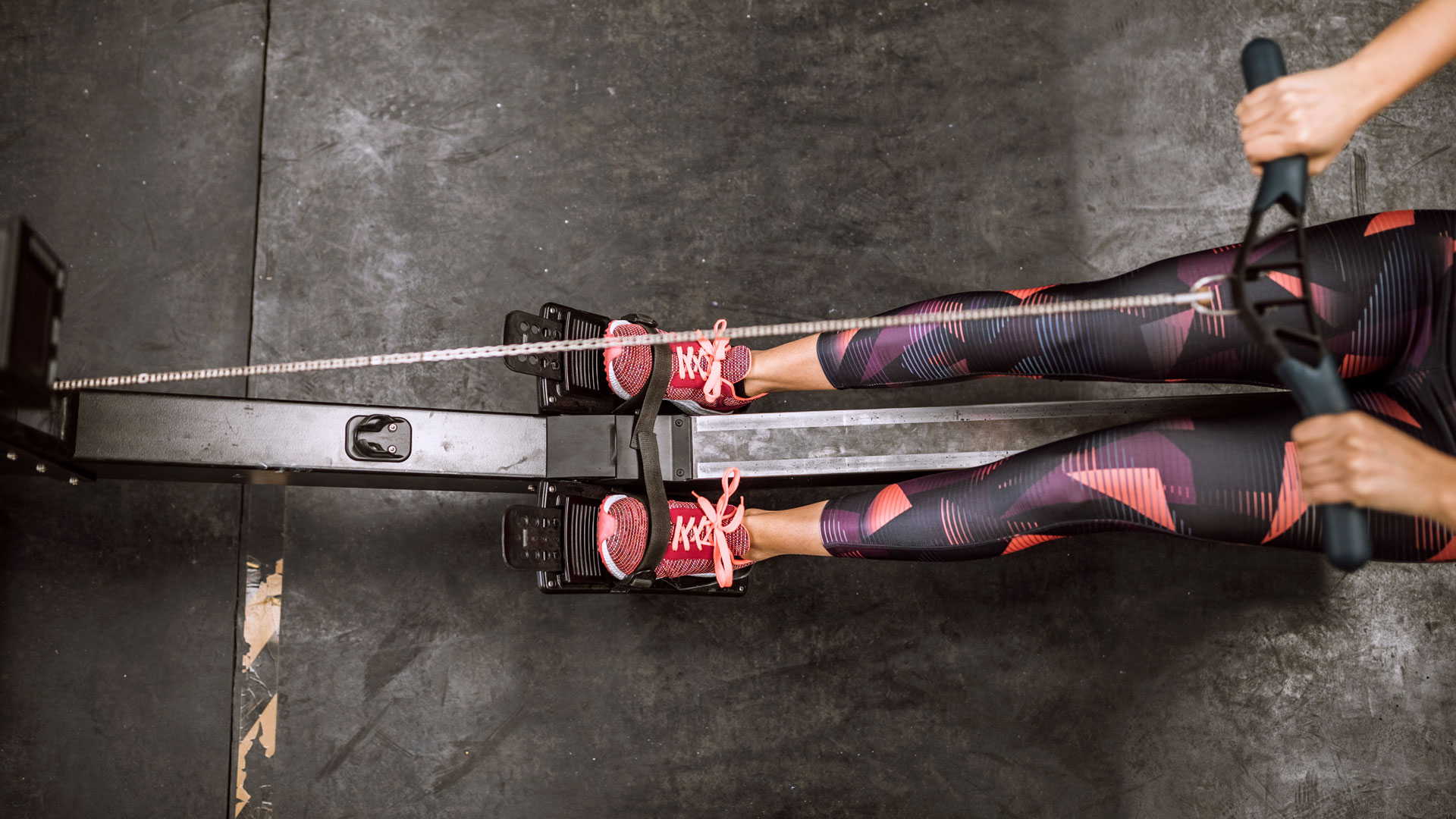Rowing machine technique and how to perfect it
Discover how to perfect your rowing machine technique to get more out of your workout


Understanding and applying the correct rowing machine technique when you work out will help you get the most benefit from these popular fitness machines. The rowing machine has long been a familiar sight in a gym. However, since some of the best rowing machines launched and the rise of indoor rowing classes soared, it has gained even more popularity among fitness fans.
Meanwhile, the rowing machine is also a great way to get in a full body workout, with a study by the American College of Sports Medicine finding that an indoor rower can engage 86% of the muscles in your body.
So, how do you improve your rowing machine technique? We asked the experts to share their top tips for success.
Why is technique important when using a rowing machine?
While it’s easy to jump on to a rower and start powering through those strokes, US personal trainer TJ Mentus said that it’s essential to perfect the rowing machine technique first. "Understanding and applying the proper technique can make a significant difference to one’s performance during their workout," he said. "Without proper technique, there is a loss of power output as well as wasted energy from inefficient movement."
Personal trainer Katie Prendergast of KPX Fitness in Denver said that a common mistake is going as fast as possible out the gate. Instead of focusing on speed, Prendergast said you should work on form. "Focus on a powerful leg drive and a crisp pull. This puts more power into the machine and "moves" your erg [rower] further without gassing yourself out," said Prendergast. "A strong rower can get more distance on fewer pulls. It doesn’t mean that you’re not trying as hard; it actually means you’re trying harder on each stroke and getting a bigger pay off."

How to perfect your rowing machine technique
Sarah Fuhrmann, CEO of UCanRow2 and the author of ‘101 Best Rowing Workouts’ told Fit&Well that strong rowing starts before you ever take a stroke. First of all, you need to make sure you take the correct position on the rower. "Place your feet on the footpads and make sure that the strap is over the widest part of your foot, which is somewhere between the top of your shoelaces and the crease of your toes," said Furhmann. Then check your position in the seat and make sure you’re sitting correctly. "You want to sit tall on the seat, not let your pelvis tuck under. Your sit bones need to be pointing down into the seat, putting your pelvis into a more neutral position."
Then to set the stroke up properly you need to push your butt towards your heels. "Keep your shoulders back and down, away from your ears, and your legs bent, shins close to vertical," said Furhmann. "Hold the handle out in front of you, with your hands toward the edges so your pinkies are almost falling off – but don’t let them, and keep your thumbs tucked under the handle."
Get the Fit&Well Newsletter
Start your week with achievable workout ideas, health tips and wellbeing advice in your inbox.

Furhmann explains that the rowing stroke comprises four distinct phases – the Catch, Drive, Finish, and Recovery. "The Catch is the position where you sit at the front of the machine, the Drive is where you push back with power and straighten your legs; the Finish is where you move your torso back to a 11:00 position on the clock and pull your arms into your sternum, and the Recovery is where you extend your arms and move your torso forward to a 1:00 position on the clock and then bend your knees to roll forward for your next Catch," said Furhmann.
When you’re moving through your stroke, think ‘legs-body-arms, arms-body-legs’, said the rowing coach. "If you miss something there, then you’re not going to have as strong and powerful a stroke as you could," said Furhmann. "Get it right and you’re off to the races, and you can spend the rest of your life working on the finer points, just as all of us rowers do!"
Advice on using a rowing machine
A good rowing stroke starts with powerful leg drive as they’re much stronger than your arms, said Prendergast. "Think about pushing your feet through the footrests when you’re in the Drive position," she said.
To perfect the movement of your upper body, Prendergast said you should picture it as a metronome. "Keep your core engaged so that your back stays flat and make sure there is no rounding of the lumbar or thoracic spine," she said.
Prendergast said you should keep an eye on the display on the rower to watch your strokes per minute and try to maintain a consistent pace. Make sure that you control your breathing during this cardio workout by "exhaling on the pull and inhaling on the catch," she advises.
Timing is key, said Prendergast if you want to perfect your stroke. "A big mistake people make is bending their knees too early," she said. "This forces your hands to travel in an awkward arcing motion to clear your knees, which is inefficient. You want the rope or chain to travel in a straight line."
If you are completely new to rowing and feeling a little uncoordinated, Sarah Fuhrmann suggests you focus on the Drive where you push out and all the work is done, and the Recovery where you get to take a break and roll back up to take the next stroke. Then you will be breaking those personal bests in no time.

Claire Turrell is a freelance journalist based in Singapore. She was the launch editor of SHAPE Middle East. Her work has been published by Nat Geo, Harper’s BAZAAR, Insider and the BBC.